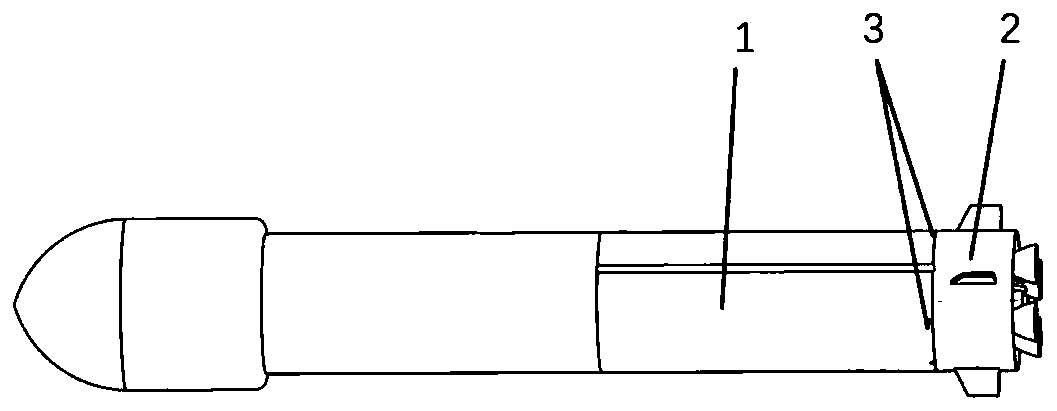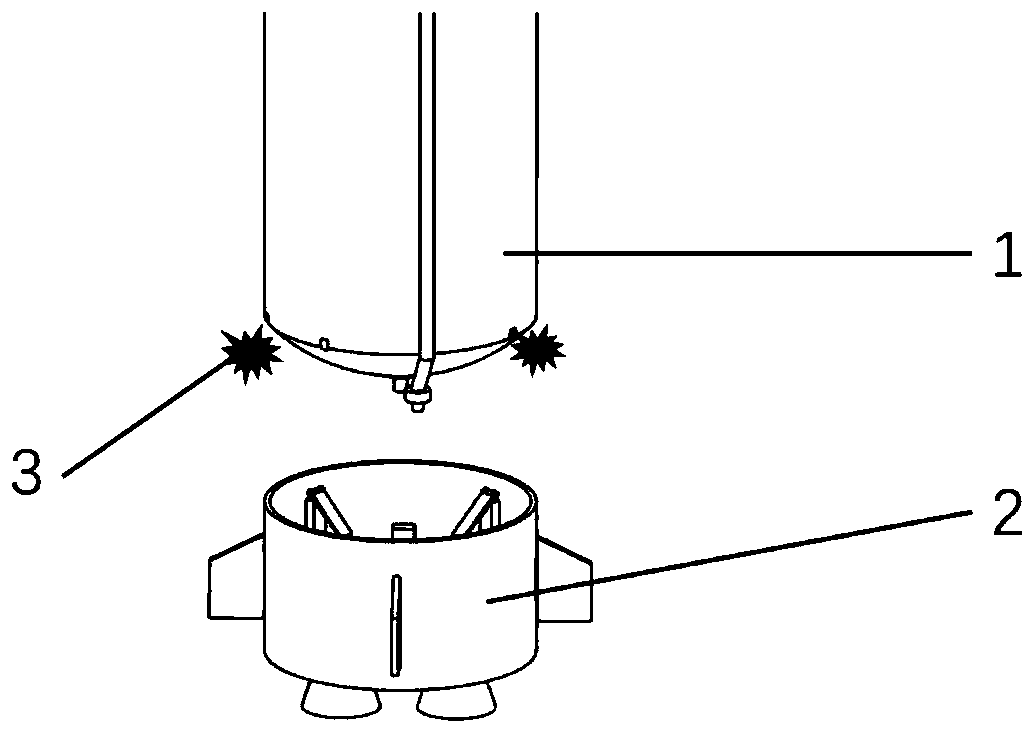Liquid rocket
A liquid rocket, rocket technology, applied in the direction of projectiles, self-propelled bombs, offensive equipment, etc., can solve the problems of high cost, high maintenance cost, small proportion of effective load, etc., to achieve the effect of convenient control and cost saving
- Summary
- Abstract
- Description
- Claims
- Application Information
AI Technical Summary
Problems solved by technology
Method used
Image
Examples
Embodiment Construction
[0047] In order to make the purpose, technical solutions and advantages of the embodiments of the present invention clearer, the spirit of the disclosure of the present invention will be clearly described below with the accompanying drawings and detailed descriptions. Any person skilled in the art will understand the embodiments of the present invention. , when it can be changed and modified by the technology taught in the content of the present invention, it does not depart from the spirit and scope of the content of the present invention.
[0048] The exemplary embodiments and descriptions of the present invention are used to explain the present invention, but not to limit the present invention. In addition, elements / members with the same or similar numbers used in the drawings and embodiments are used to represent the same or similar parts.
[0049] As used herein, "first", "second", ... etc. do not refer to a particular sequence or order, nor are they used to limit the pre...
PUM
 Login to View More
Login to View More Abstract
Description
Claims
Application Information
 Login to View More
Login to View More - R&D
- Intellectual Property
- Life Sciences
- Materials
- Tech Scout
- Unparalleled Data Quality
- Higher Quality Content
- 60% Fewer Hallucinations
Browse by: Latest US Patents, China's latest patents, Technical Efficacy Thesaurus, Application Domain, Technology Topic, Popular Technical Reports.
© 2025 PatSnap. All rights reserved.Legal|Privacy policy|Modern Slavery Act Transparency Statement|Sitemap|About US| Contact US: help@patsnap.com



